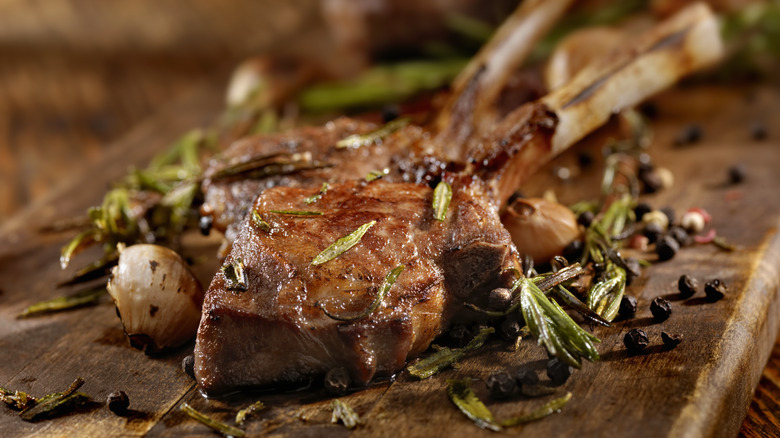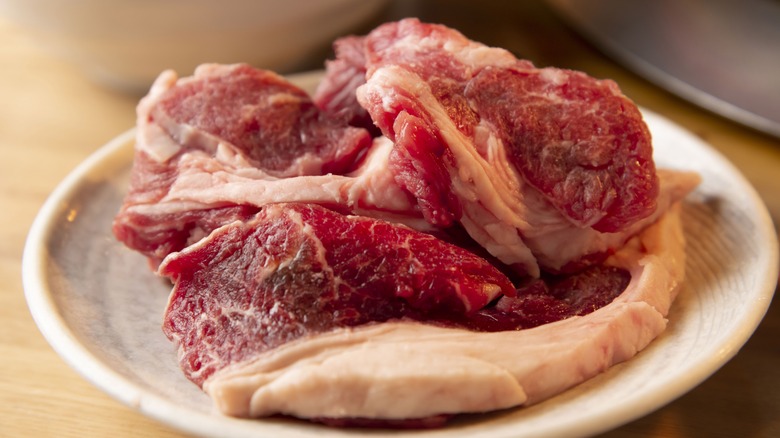Does Frozen Lamb Need To Be Defrosted Before Cooking?
Although lamb may not be as popular as beef or chicken, lamb recipes are wonderfully gamey and savory, as well as a great way to expand your culinary expertise. Lamb can also be used as an alternative to beef in dishes like spaghetti bolognese or mouth-watering hamburgers. But despite everything that is wonderful about lamb, many people are still inexperienced when it comes to storing and using it.
Generally, cooking any kind of frozen meat is quite safe, including lamb. The only method that is unsafe for cooking frozen lamb is using a slow cooker as it can potentially create an environment for bacteria to grow and cause food borne illnesses, like salmonella. Otherwise, frozen lamb can be grilled, sauteed, or even baked without defrosting.
The biggest setback when skipping the defrosting process is that it lengthens the cooking time by about 50%. It can also make meat less juicy or even cause it to lose its flavor, which is why many still choose to defrost their meat even if they're short on time. As such, it is important to understand the proper methods and common mistakes to avoid so you can defrost lamb easily, fully, and safely.
How to defrost lamb
The best way to defrost any meat, including lamb, is in the refrigerator. The meat can be safely kept in the refrigerator for a few additional days or refrozen if needed. However, this is also the method that takes the most amount of time as it can take up to two days for the meat to thaw completely.
Lamb can also be defrosted using cold water. The meat must be kept in its packaging or it could become waterlogged, resulting in a soggy meal. Once the lamb is placed in cold water, it needs to be continuously changed every half hour to maintain temperature. This process should only take a few hours, but does require checking on the meat pretty frequently.
The third option is to defrost lamb in the microwave. Know that if you use this defrosting method, the meat must be cooked immediately after thawing, even if you plan to refreeze some of the meat afterwards. The temperature of the microwave creates a perfect environment for bacteria to grown on the meat, so cooking quickly is a must.
Last but not least, it should be noted that lamb cannot be left out on the counter to defrost. This common mistake can result in bacteria developing in the same way that microwaving frozen lamb without immediately cooking it afterwards can.

